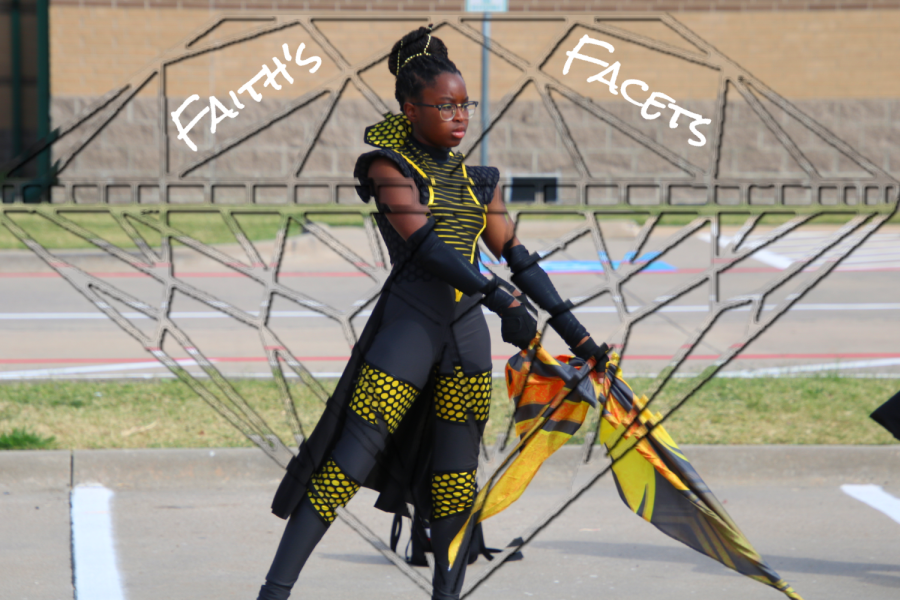Facets of Faith: reimagining children’s stories
Managing editor Faith Brocke expresses their emotions and experiences in their column, Facets of Faith.
December 15, 2022
The Hollywood industry has lately taken to reimagining the simple tales of children’s stories and cartoons as gory, gut-wrenching glorifications of horror.
From Winnie the Pooh: Blood and Honey to The Mean One (the classic tale of The Grinch turned comedy-horror), childhood favorites have begun to shoulder darker elements and murderous themes that may not be suitable for children like the originals were.
While it is a creative 180 from the traditional path that filmmakers take for their adaptations, it may not be the best course of action for a twist on a pre-existing franchise or media.
I think that there should be limitations on what creative liberties regarding intense and mature scenery and concepts are implemented into children’s media. It seems almost oxymoronic in nature that in turn of redesigning the rhetoric and content, the original audience is lost in the process. Five year olds would be scared out of their minds watching these adaptations.
And this is not a problem that belongs solely to the film industry. Many online fandoms are guilty of implementing more adult themes such as substance use, murder, etc into fanworks and original alternate universes.
While a fresh perspective can always be offered on an established fictional universe, repurposing the material and revoking the palatability of the original work for its original audience pushes out an entire wave of fans who were invested before anyone else.
Some themes do not belong with children’s content, especially when this often fosters hostility from fans who are not the original target audience and argue that children do not belong to a fandom curated for them specifically.
Slashers and sunshine-y cartoons can coexist, and even overlap audiences, but every writer’s room staff should think twice before pitching a Disney themed psychological horrors, and mature fans should consider leaving their Tweets about carving out the hearts of characters like Twilight Sparkle in the drafts.







